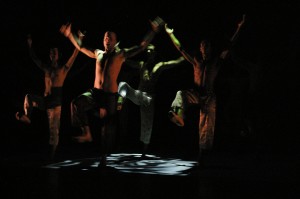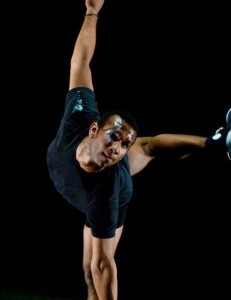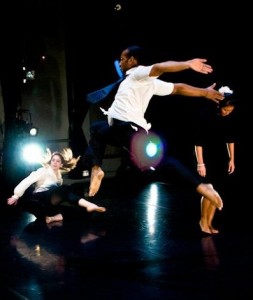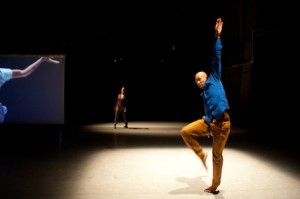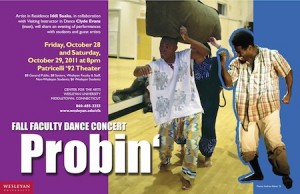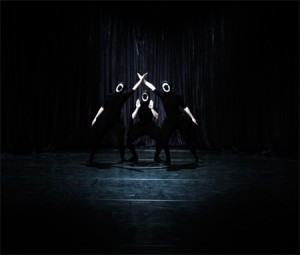A personal account by Shira Engel ’14 of “Ritual, Health, and Healing”, a course which is part of the Creative Campus initiative of the Center for the Arts.
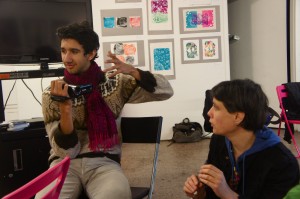
“Ritual, Health, and Healing” is an interdisciplinary class that transcends disciplinary boundaries. It is cross-listed in Anthropology, Science in Society, and Dance. It is co-taught by Anthropology professor Gillian Goslinga and Artist in Residence Jill Sigman. Gillian Goslinga has an academic background in ethnographic research on ritual practices. Jill Sigman comes to Wesleyan from New York City, where she is a choreographer working in performance and installation, and directing her company jill sigman/thinkdance. She is currently engaged in her Hut Project. She also has a background in philosophy. The course is a true blend of the disciplines it is cross-listed in as well as the disciplines of the professors. As a student in the course, I find my mind being constantly expanded to think not in terms of a singular discipline, but to creatively combine them in ways that allows the material to sink in.
The course is divided into two segments. The first quarter of the semester, we learned about ritual, health, and healing and what these broad terms means to different cultures. This comprised the necessary theoretical component of the course that feeds into the service learning we are currently doing in Williamsburg-Greenpoint, Brooklyn (but I will let my lovely classmate Hannah elaborate on that in posts to come).
The course is also comprised of a three-hour seminar on Mondays and a movement lab on Tuesday evenings. On Monday, we discuss readings on the cultural and theoretical significance of ritual, health, and healing and on Tuesdays, we embody those readings and theories in movements that transcend the definition of dance.
Because we are constantly encouraged in this course to be self-reflexive, I will come out and say that I was attracted to this course in large part because on WesMaps, the description said that people without any dance experience are encouraged to apply. I do not consider myself a dancer and this course allows for a lack of labels. It allows for a blurring of the lines between disciplines, as well as a blurring of the lines between self-identified labels of artistic identity. After class, I talked to Jill Sigman about what makes this course creatively unique and she said, “This isn’t strictly a dance class. We may be using dance in the context of learning about other things, but there are people who are totally not here to learn to point their foot and that’s what makes it fascinating to me.”
This course shifts disciplinary boundaries in ways that make us – the students – uncomfortable, thrilled, challenged, self-reflexive, and on our toes. It challenges preconceptions of academic work, teaching us that it is inherently creative. Jill Sigman’s studio in Brooklyn is called “The Border.” In many ways, we exist on the border between disciplines, definitions of art, activism, and service in this course as we grapple with definitions of ritual, health, and healing. I am excited to see how these definitions will continue to unfold as we progress into the service learning, creatively translating the work we have done in the seminar and movement lab into practice, while realizing that all is part of the same process.








